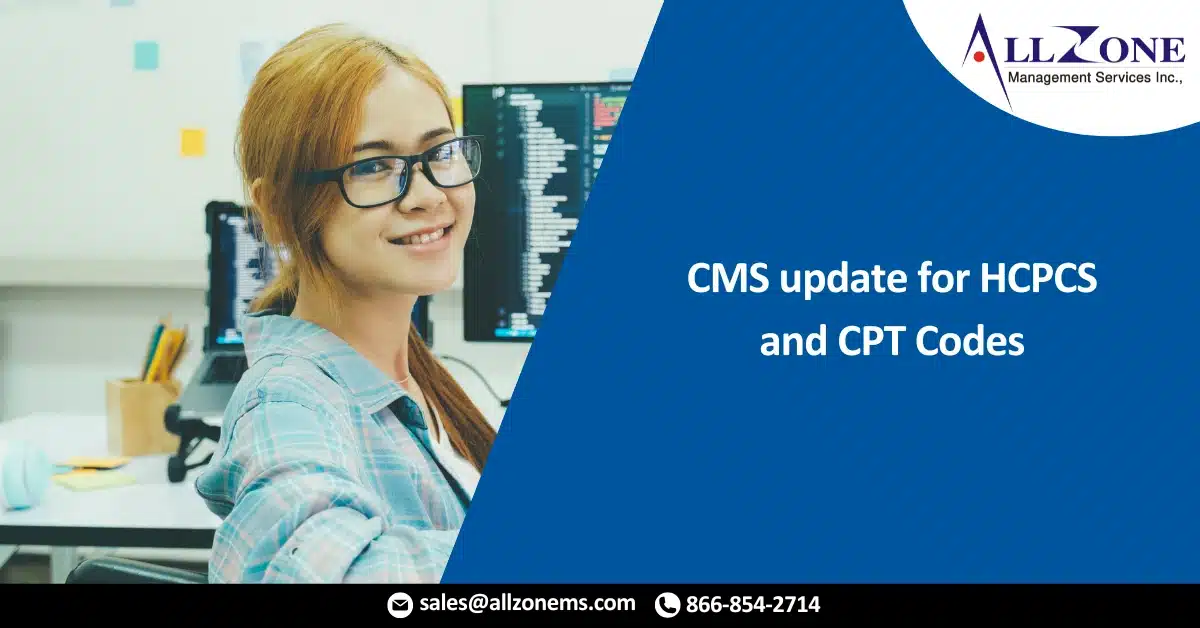This year’s reporting for the Quality Payment Program will affect the 2021 payment year.
Kevin J. Corcoran, COE, CPC, CPMA, FNAO, delivered his annual update at Hawaiian Eye 2019, highlighting changes CMS would be making this year for coding, payment issues, regulatory matters, administrative issues and reimbursement issues.
The Medicare Physician Fee Schedule did not feature many changes for 2019. Of note, older Part B drugs still have a 6% addition to the average selling price, but new Part B drugs have a 3% addition to the wholesale acquisition cost, Corcoran said.
“That’s a reduction for drug reimbursement, and it’s the first time we’ve seen that in the Medicare Physician Fee Schedule,” he said.
For CPT codes ophthalmologists use frequently, such as cataract surgery with IOL or intravitreal injection, there were no significant changes from 2018 to 2019. Payments for ophthalmic imaging have stabilized, but fundus photography saw a 10% decline for 2019.
HCPCS and CPT Codes
This year will feature several new or tweaked HCPCS and CPT codes. The first, HCPCS code G2012, was created by CMS and will be good news for telemedicine. In 2019, an established patient may call a physician or other qualified health care professional and have a 5- to 10-minute medical discussion about an evaluation and management service that happened more than 7 days ago. Ophthalmologists can now bill for this type of conversation, he said.
“There are limitations on G2012, and the limitations are severe. G2012 is a step in the right direction, but it’s only a half-step,” Corcoran said.
With the worldwide voluntary withdrawal of the CyPass implant (Alcon) in August 2018, the CPT code 0474T that pertained to implantation of the CyPass is now “pretty much extinct,” Corcoran said.
Because of the Consolidated Appropriations Act, 2018, pass-through is now back in place; payments resumed on Oct. 1, 2018, and will extend for 2 more years. This is good news for those who use Omidria (phenylephrine 1% and ketorolac 0.3% intraocular solution, Omeros), he said.
A new HCPCS J-code, J2787, became effective in September 2018 for riboflavin 5’-phosphate, which is the drug used in corneal collagen cross-linking. Two new HCPCS codes for Dexycu (dexamethasone intraocular suspension 9%, EyePoint Pharmaceuticals) were approved in late 2018 — first C9034 and later J1095. These HCPCS codes are valuable for obtaining pass-through payments under Part B Medicare beginning Oct. 1, 2018.
Reporting For Mips
The Quality Payment Program is in its third year of existence. This year’s reporting will affect the 2021 payment year. For 2019, a total of 956 quality measures will be recorded, but 128 are topped out for 2 or more years. Maximum points for 60 of the 128 topped-out measured have been capped at 7 points, not the usual 10 points, he said.
Ophthalmologists should “think outside the box” and look at unorthodox quality measures, such as high blood pressure screening, that are not topped out to improve their scores.
The third year of the Merit-based Incentive Payment System (MIPS) will see Resource Use (Cost) account for 15% of the composite score in 2019, up from 10% in 2018. This part of MIPS contains a new episode-based cost measure for the routine removal of cataract with IOL implantation. It also continues the earlier prior measures for total per capita cost and Medicare spending per beneficiary using CMS’ attribution process.
If a surgeon performs more than 10 routine cataract surgeries on Part B Medicare beneficiaries in 2019, he or she will be graded on cost — this means the costs of services that are clinically related to the attributed clinician’s role that went into the surgery 60 days prior and 90 days after the procedure, he said.
Medicare changes are coming as well. The Medicare Part B deductible is now $185, up $2 from the 2018 deductible. The average Medicare Part C monthly premium is down $1.81 from 2018, and the number of overall Part C plans has increased from 3,100 to 3,700 in 2019. Additionally, 83% of beneficiaries will have the same or lower premiums this year. The average basic monthly premium for Medicare Part D declined for the second year in a row, down to an estimated $32.50 for 2019.
For More Information: https://www.healio.com/ophthalmology/ophthalmic-business/news/print/ocular-surgery-news/%7Bfb6e9b4a-59ac-4ea1-9129-18a18b63277c%7D/whats-new-in-2019-for-cms?

